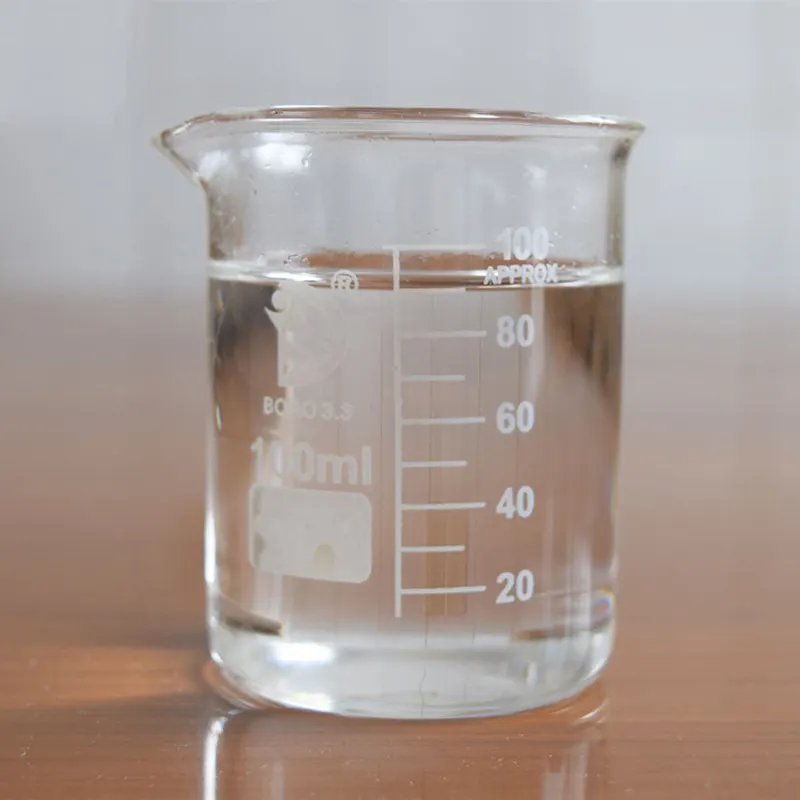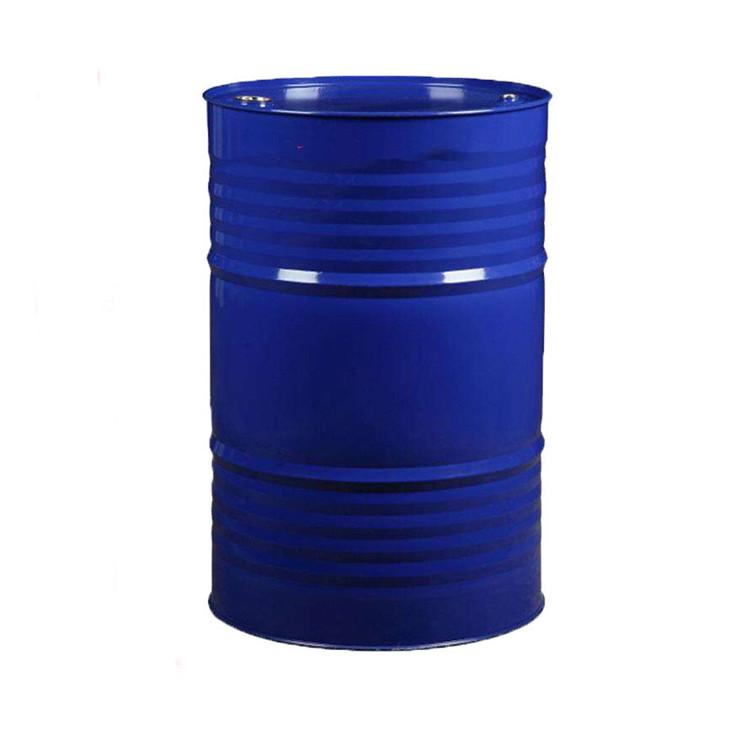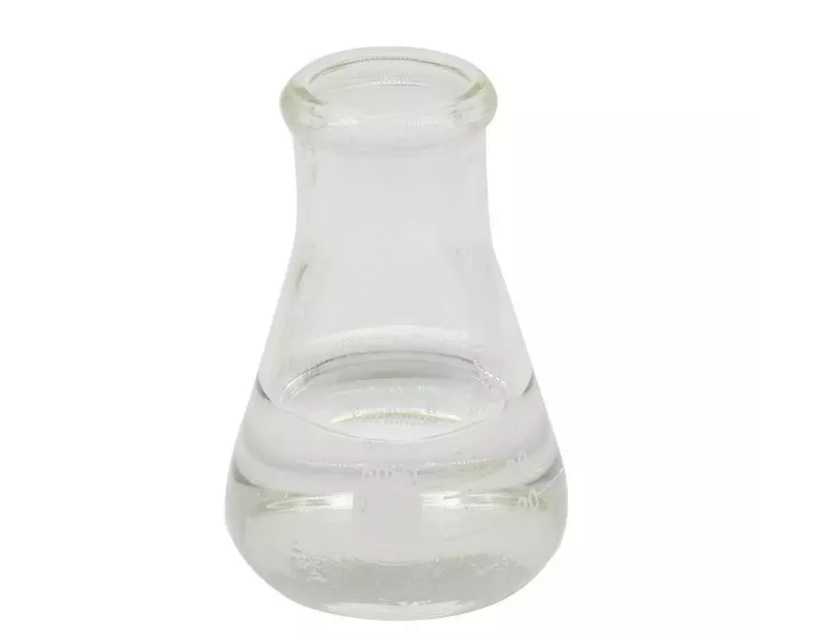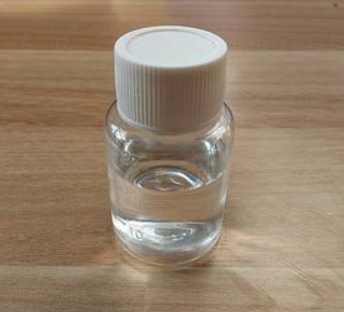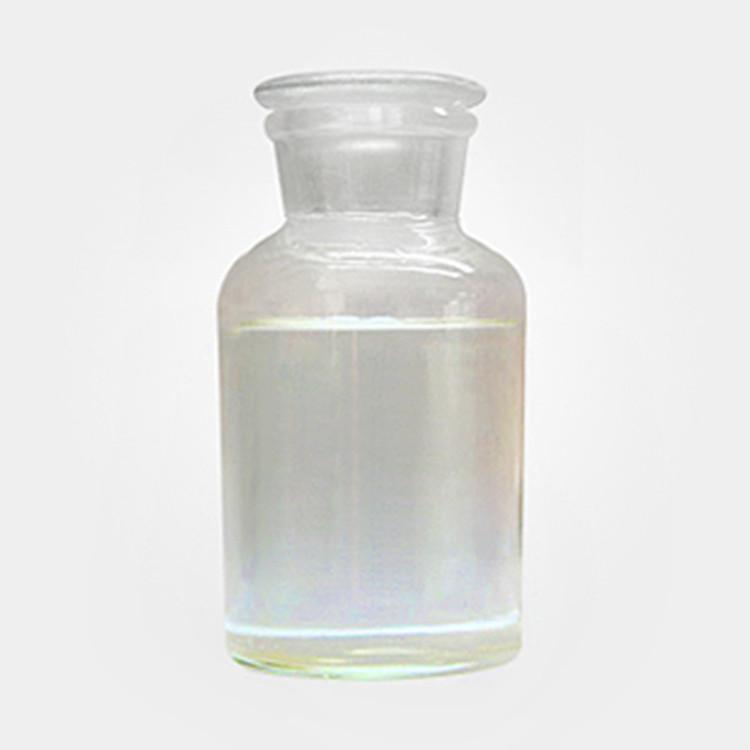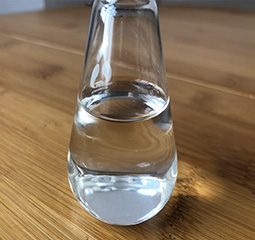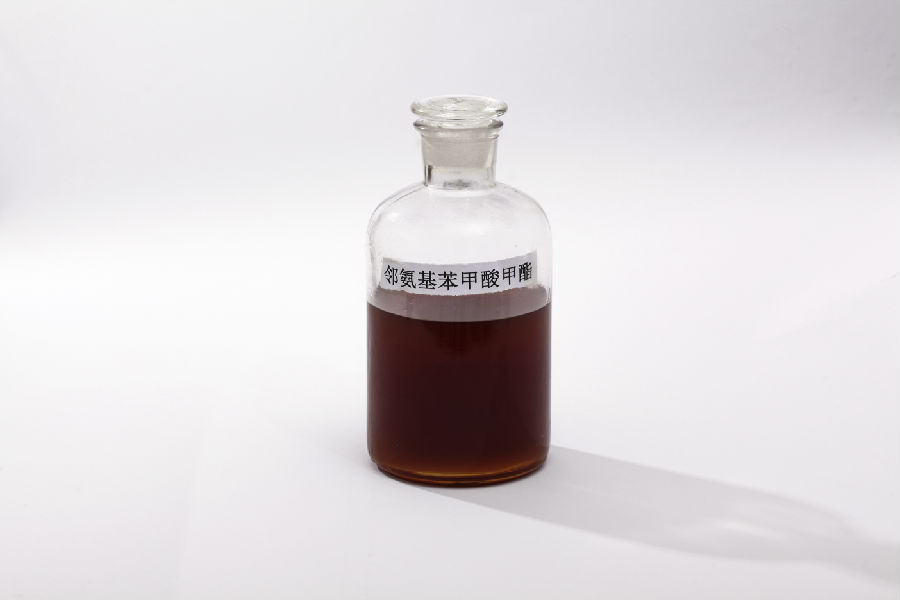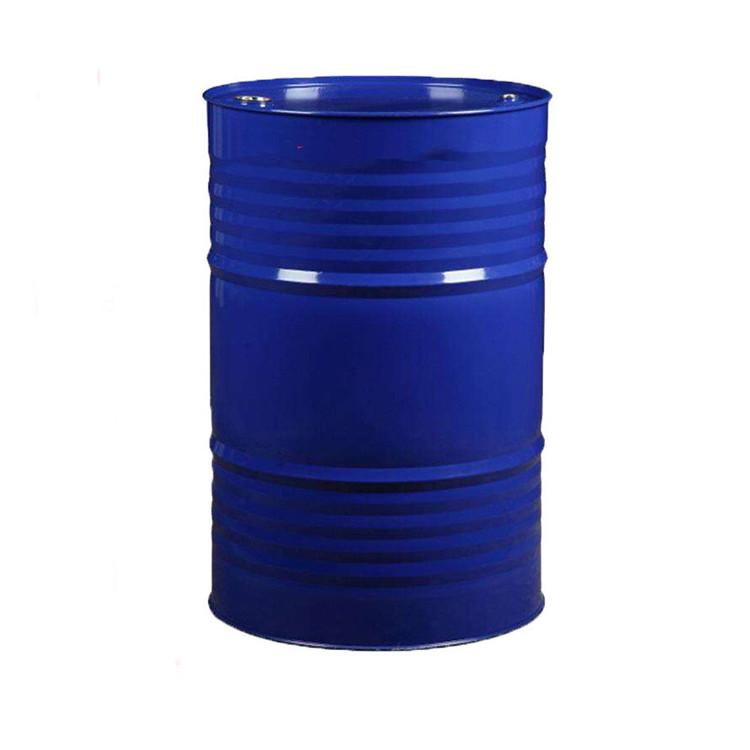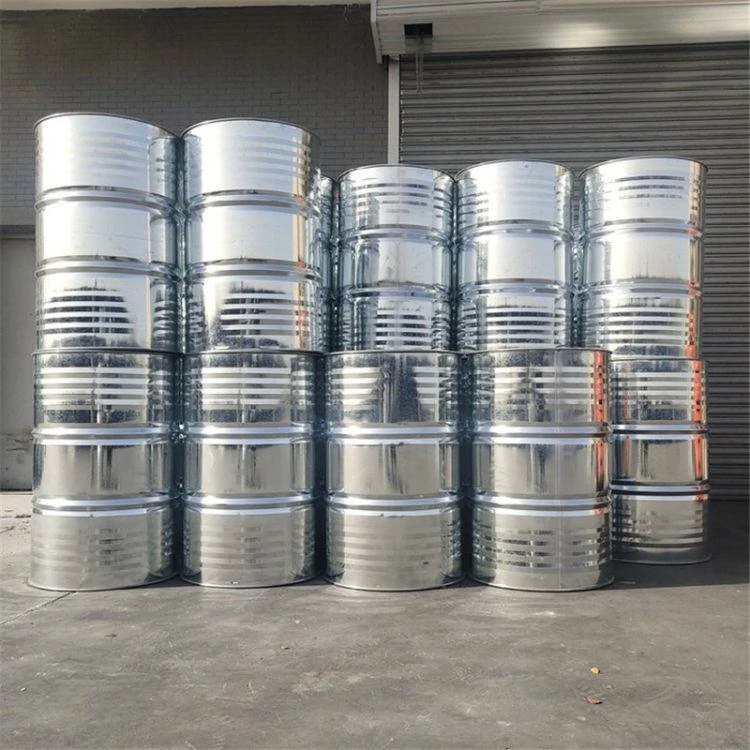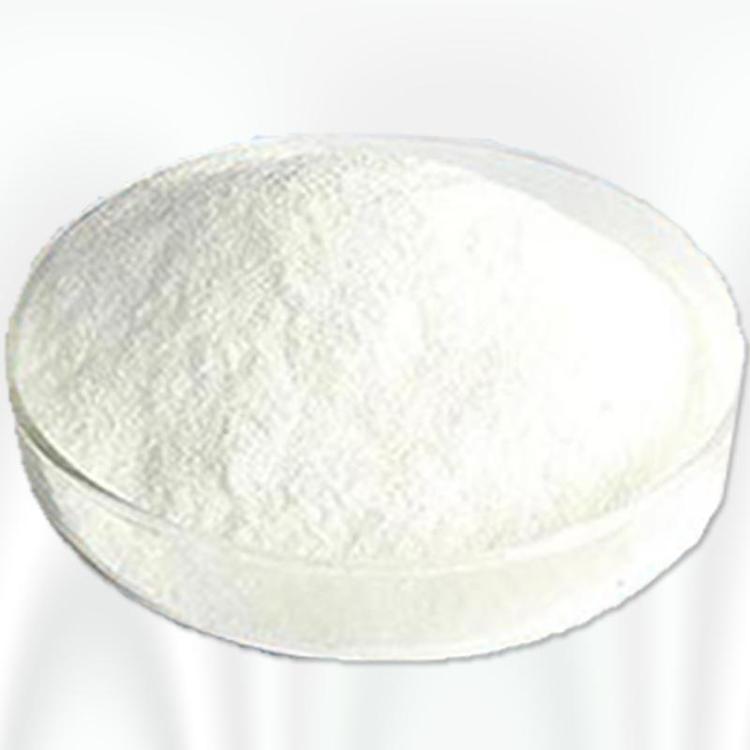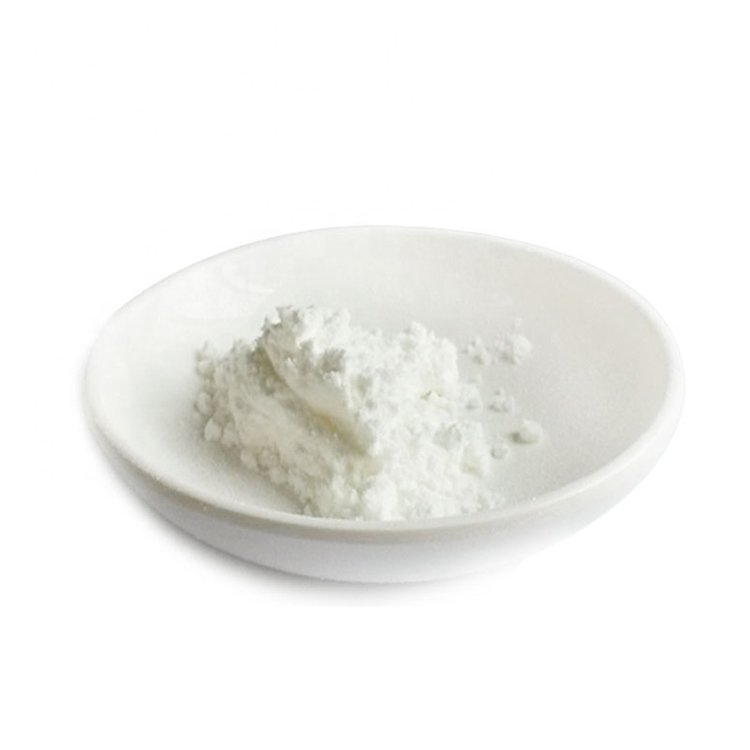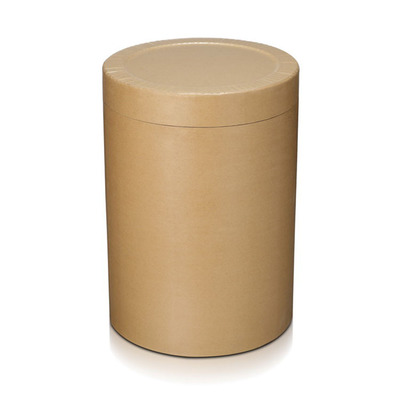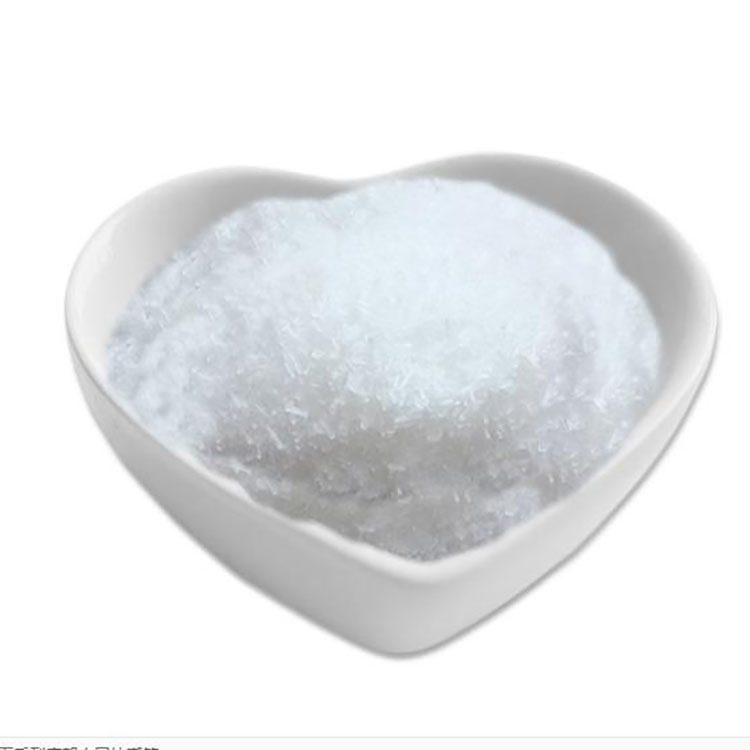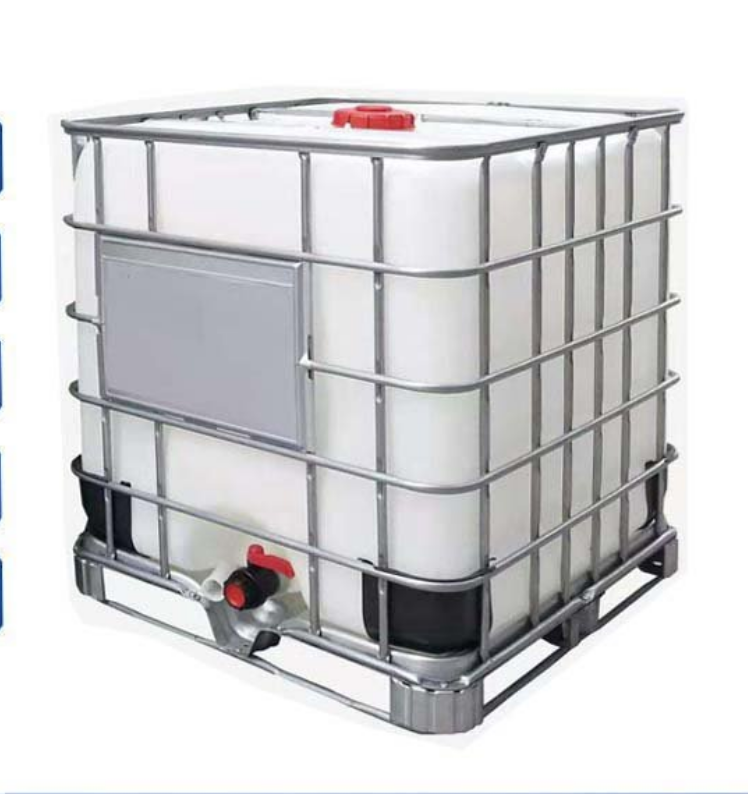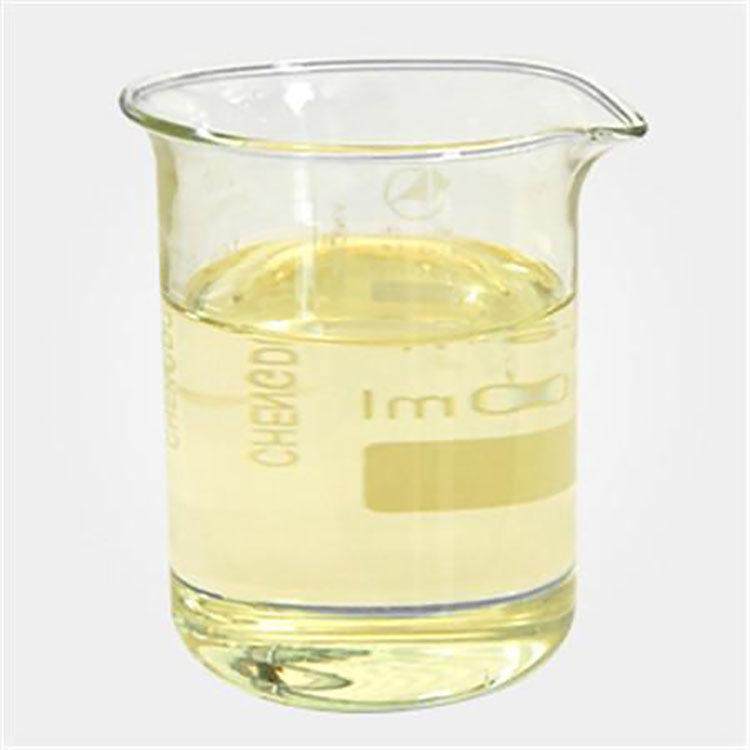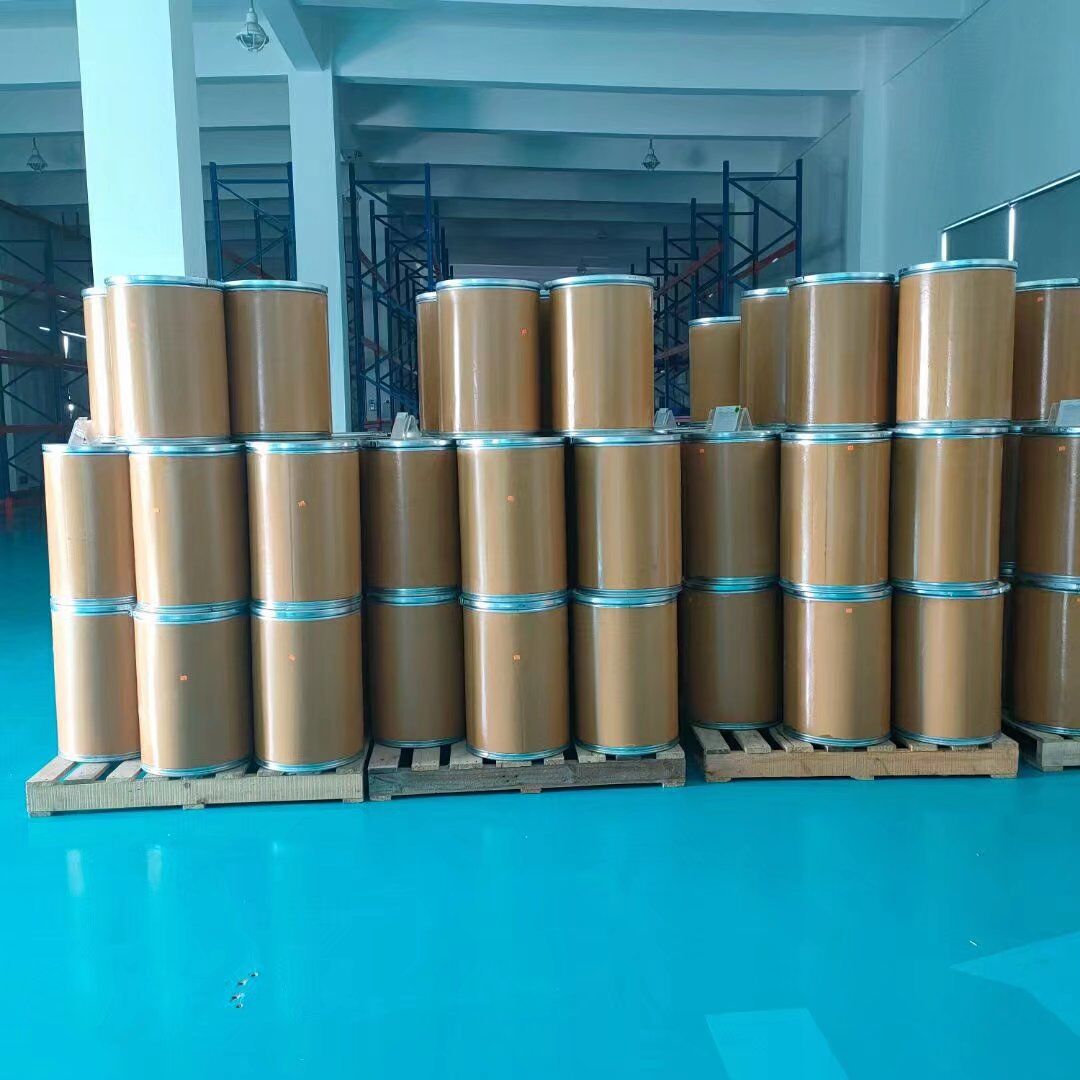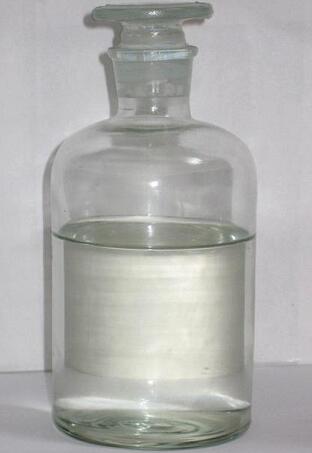Feed Additive
Additives For Food Packaging
Colorant
Stabilizer and Coagulator
Water Retention Agent
Feed Deworming Health Agents
Anti Corrosion and Preservation
Color Fixative
Flour Treatment Agent
Defoamer
Coating Agent
Feed Vitamins
Emulsifier
Other Food Additives
Nutritional Fortifier
Thickening Agent
Feed Quality Enhancer
Antioxidants
Chewing Gum Bases
Bulking Agent
Feed Amino Acids and Small Peptides
Flavor Enhancer
Sweeteners
Additives For Feed Preservation
Other Feed Additives
Food Additive
Bleaching Agents
Anticaking Agent
Food Flavors and Fragrances
Enzyme Preparation
Feed Trace Elements
Acidity Regulators
Feed Growth Promoters
Feed Conditioner
CAS:108-21-4
Molecular Formula:C5H10O2
Alias
More Information
2-Propyl Acetate; Acetic Acid,1-Methylethyl Ester; IPAE; IPAC; Acetic Acid Isopropyl Ester; Isopropanol Acetate; iso-Propyl Acetate; Iso Propyl Acetate
Brief Introduction
It is mainly used as solvent for coatings, printing inks and so on. It is also commonly used as dehydrating agent in industry, extractant and perfume component in pharmaceutical production. It is used as an extractant for medical and pharmaceutical products, used in the manufacture of flavors, as well as solvents and reagents for coatings, etc.
Suppliers
View More Vendors (4) >
CAS:108-94-1
Molecular Formula:C6H10O
Alias
More Information
Ketohexamethylene; Pimelic Ketone; Sextone; Cyclio Hexanone
Brief Introduction
Used as organic solvent.
It is used as raw material and solvent for synthetic resin and synthetic fiber.Cyclohexanone is an important chemical raw material and industrial solvent. It is the main intermediate for the manufacture of nylon, caprolactam and adipic acid.
Suppliers
View More Vendors (4) >
CAS:134-20-3
Molecular Formula:C8H9NO2
Alias
More Information
Methyl 2-Aminobenzoate; 2-Aminobenzoic Acid Methyl Ester; Anthranilic Acid Methyl Ester; Methyl 2-Anthranilate; Methyl O-Aminobenzoate; Neroli Oil, Artificial; 2-(Methoxycarbonyl)Aniline; 2-Amino-Benzoicacimethylester; 2-Carbomethoxyaniline; Benzoicacid,2-Amino-,Methylester; Carbomethoxyaniline; Methyl Anthranylate; Methyl Ester Of O-Aminobenzoic Acid; Methylaminobenzoate; Methylester Kyseliny Anthranilove; Methyl-2-Aminobenzoate; Methylanthranilate Solution; 1-Aminobenzene-2-Carboxylic Acid Methyl Ester; 2-Methoxycarbonylaniline
Brief Introduction
This product is naturally found in essential oils of citrus, Wan Xiangyu, jasmine, gardenia, orange blossom, and has strong fruit aroma and fragrance. It is one of the backbone products of the spice industry, and is widely used in daily flavors and flavors. It is the main flavor of grape flavor and can be used in various flavors such as berries, muskmelon, honey, citrus, lemon, strawberry and pineapple.
Suppliers
View More Vendors (4) >
CAS:147-85-3
Molecular Formula:C5H9NO2
Alias
More Information
L Proline; L(-)-Proline; (S)-Pyrrolidine-2-Carboxylic Acid,L-Proline; L-Pyrrolidine-2-Carboxylic Acid; L-(-)-Proline; (S)-Pyrrolidine-2-Carboxylic Acid; 2-Pyrrolidinecarboxylic Acid; Pyrrolidine-2-Carbonic Acid; L-(-)-Proline ((S)-(-)-Proline)
Brief Introduction
L-proline is one of the eighteen amino acids synthesized by human body. It is colorless to white crystal or crystalline powder at room temperature. It is slightly smelly and sweet. It is very soluble in water, insoluble in ethanol, and insoluble in ether and n-butanol. L-proline is used in biochemical research, medicine for malnutrition, protein deficiency, gastrointestinal diseases, burns and postoperative protein supplement. It can also be used as flavoring agent, which can react with sugar to form special flavoring substance.
This product can be used as food additives, flavors and fragrances, nutritional supplements, chemical reagents, pharmaceutical raw materials.
Suppliers
View More Vendors (4) >
CAS:90-02-8
Molecular Formula:C7H6O2
Alias
More Information
2-Hydroxy Benzaldehyde; Benzaldehyde, O-Hydroxy-; 2-Hydroxy-Benzaldehyde; Benzaldehyde,2-Hydroxy-; O-Formylphenol; O-Hydroxy-Benzaldehyd; O-Hydroxybenzaldehyde
Brief Introduction
Salicylaldehyde is not only a perfume, but also a widely used intermediate in organic synthesis. It is often used in the synthesis of salicylhydrazine, benzbromarone and acetaminobenzophenone.
Suppliers
View More Vendors (4) >
Inquiry (
10
/ 10
)
Clear All
Sign In
Error!

